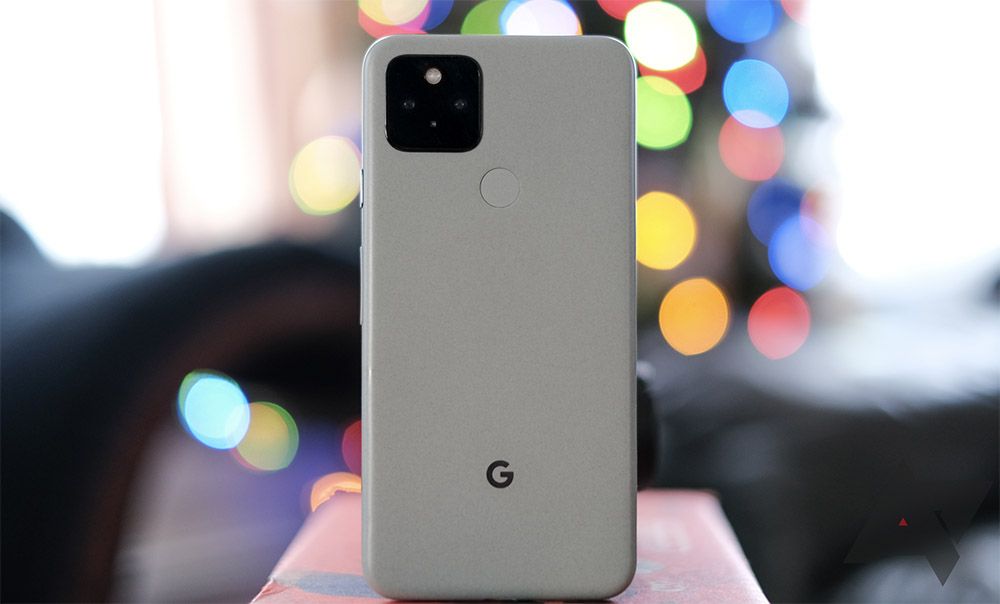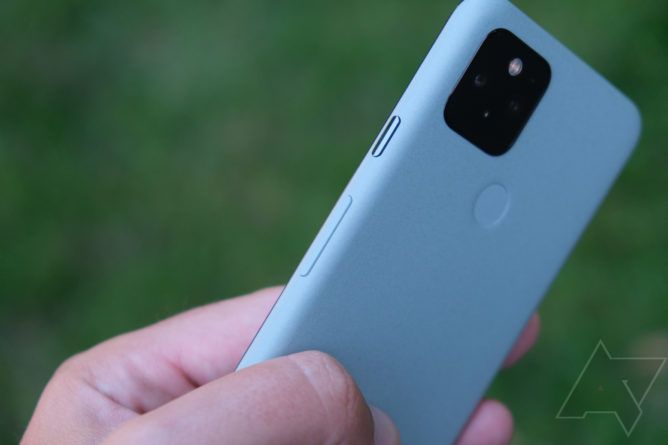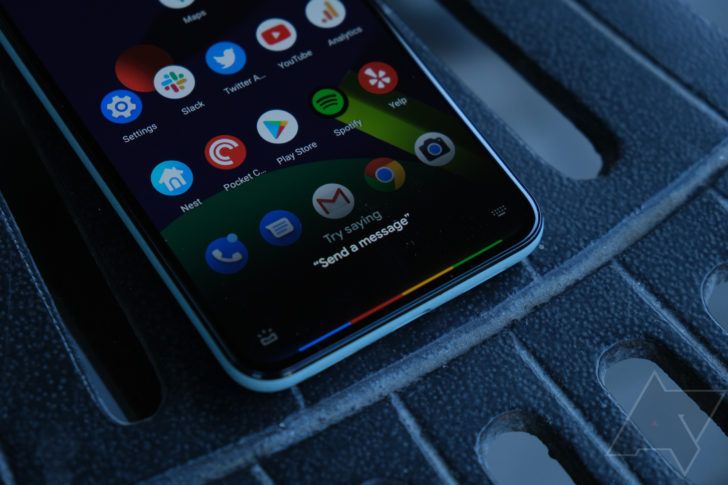I've been using the Pixel 5 I bought for myself for about half a year now. I'm kind of in love with it. Which is weird, because I'm in a definite minority among the Android Police staff. I'm going to take a few minutes to completely disagree with my editor-in-chief's assessment of the latest Google hardware… it's not like it would be the first time.
The weird thing is, I don't dispute any of the broad points in our original review. The Pixel 5, despite dropping its price dramatically from the previous generation, is a bad value compared to similarly-equipped phones from other manufacturers. And it's particularly poor in comparison to the Pixel 4a and 4a 5G — I should know, I reviewed both of them myself before I came back on the staff here.
The SoC is low-power for the $700 field. Just two cameras — with no telephoto — puts Google well behind the curve in photo flexibility, even if it remains ahead in quality. The display could be bigger, and I actually prefer the cheaper 4a 5G's extra screen real estate. Charging could be faster — the Pixel 5 is probably the slowest charging $700 Android phone around. Dropping face scanning is hard to see as anything but a step backwards.
But dammit, I'm finding it really difficult to care. The Pixel 5 is everything I was hoping for after the letdowns of Google's premium hardware in, well, basically all of the previous Pixels. A focus on practicality over flashy features, and nailing the upgrades that people do want, means I've never once regretted plopping down $700 for this phone. It's been a long time since I felt that way about a premium Google device.
Started from the Nexus One, now we're here
Here's a little context for you. I started my Android journey with a Nexus One (Editor-in-Chief's note: same, and Michael is still wrong), and while I've bought an embarrassing number of Google-branded tablets, my purchases of official Google phones have been surprisingly light: only the Galaxy Nexus (ouch) and the Nexus 6. I passed on all of the previous Pixels; while I bought a Pixel 3 and reviewed it, I returned it for being too small and too thirsty on battery. Despite wanting that big screen, I couldn't get over the Pixel 3 XL's aesthetic issues.
But about a year later Google sent me the 3a XL as part of the package for reviewing Stadia. Despite sorely missing the wireless charging and water resistance I'd become accustomed to (my personal phone at the time was a Galaxy Note8), Google's best-in-class software and much-improved battery life won me over.
I was soon using that review unit as my primary phone, and once again reveling in the fastest Android updates around. Its slower performance didn't bother me (though I could have used a little extra RAM), and the battery life was unbeatable. Oh, and it didn't have the infamous notch-and-a-half that the pricier Pixel 3 XL did. All I really wanted, I told myself, was this phone, with wireless charging, water resistance, and perhaps a screen that didn't pick up so many light scratches.
At that point, I had already passed on the Pixel 4 and 4 XL: too expensive, not enough battery life, and I didn't see any point in paying for face unlock or Google's Soli sensor, since I had never used similar features on my Note8 when they were available. When rumors started circulating that Google would focus on the basics and drop prices for the next round of Pixel hardware, I waited with eagerness.
My editor assigned me the review of the Pixel 4a, which is the only phone to which I've ever given a perfect score. The 4a wasn't just a triumph for the Pixel line, it was a new benchmark in value for any Android device, improving on the 3a in every single dimension. As someone who'd been spoiled by premium hardware, I was ready to buy the Pixel 5 — presumably designed along the same lines — on day one. I wanted a little more RAM, water resistance, more premium materials, and wireless charging.
Spared no expense
And I got all of those things with my funky little green phone. Over the last six months, it's been the most reliable Android smartphone I've ever used, and I've been satisfied if not delighted with its battery life… which is what I had hoped from my experience with the more conservative hardware of the Pixel 3a XL and 4a. The specs prioritize roomy RAM and storage over screaming processors and general utility over fancy extras like radar. (Remember that weird "squeeze to activate" feature that clung on in the Pixel line's HTC heritage? It's gone now.)
The one feature that I feel the phone is really lacking is face unlock — which, as "luck" would have it, exited the line during a year when the entire planet started to wear masks. Google is finally showing that it's building the phones its customers want, not the technology showcases its engineers crave. It's this principle that's made the A variant line so easy to recommend over its flagships, and if recent rumors are any indication, Google is taking that success to heart.
I have to admit that the 4a and 4a 5G are both better phones, on paper.
Having said all that, I must freely admit that at twice the price, the Pixel 5 is nowhere near twice the phone that the Pixel 4a is. I'd say the 4a 5G is a pretty fantastic deal considering its bigger size and faster processor, though I maintain that I'd happily swap out that 5G radio for water resistance and wireless charging at the same $500 price. However you slice it, I paid a premium for my phone versus its own stablemates and much of the competition.
But even knowing that the numbers say the 4a and 4a 5G are better phones when price enters the picture, and that something like the OnePlus 8 or Galaxy S20 FE would be more capable in terms of raw performance, the Pixel 5's focused design and superior software make it a winner for me. It's nice to be so unreservedly pleased with a phone purchase. Judging by the way it's avoided the infamous price drops that Android phones fall victim to in the months after release, I'm not the only one who feels this way.



